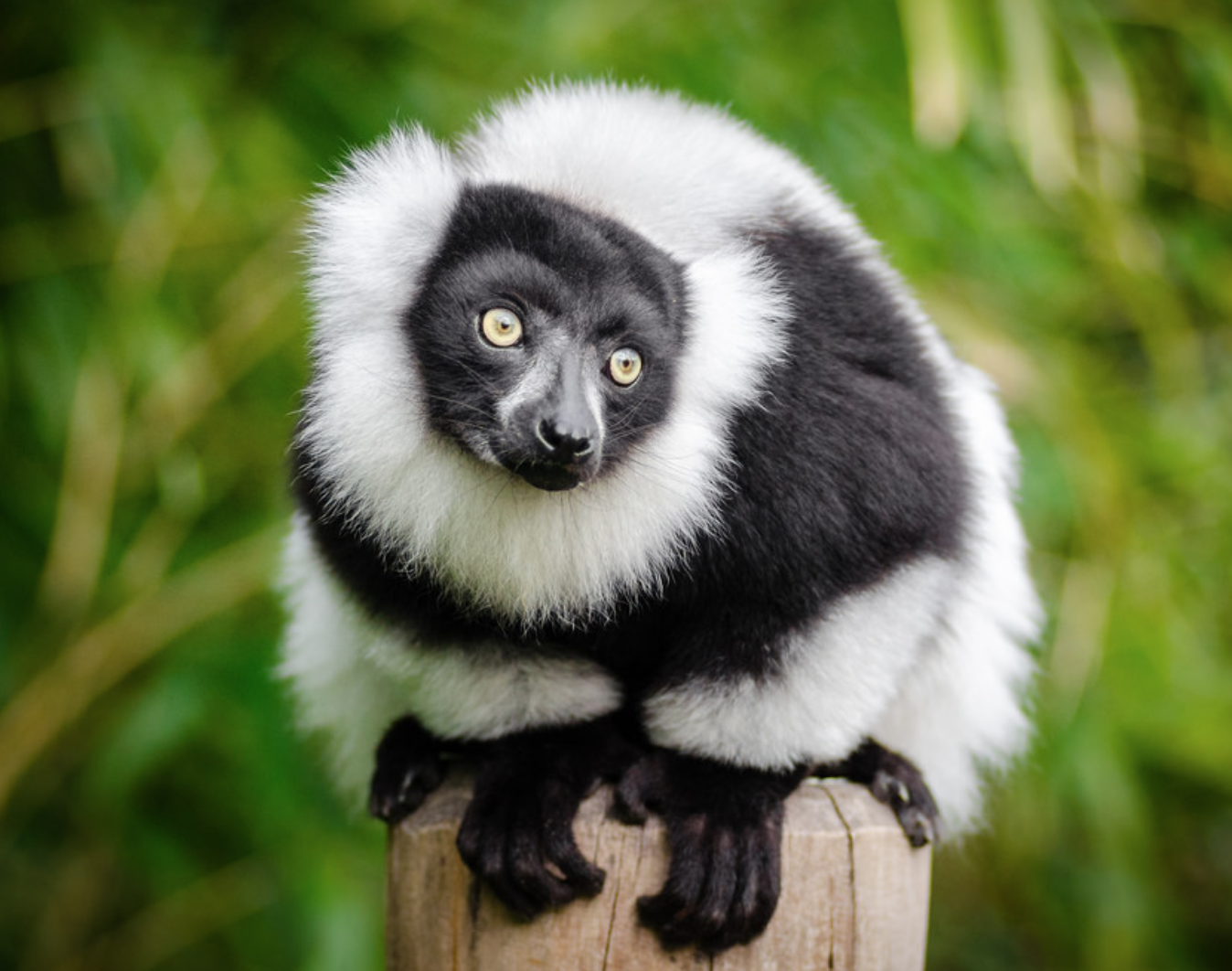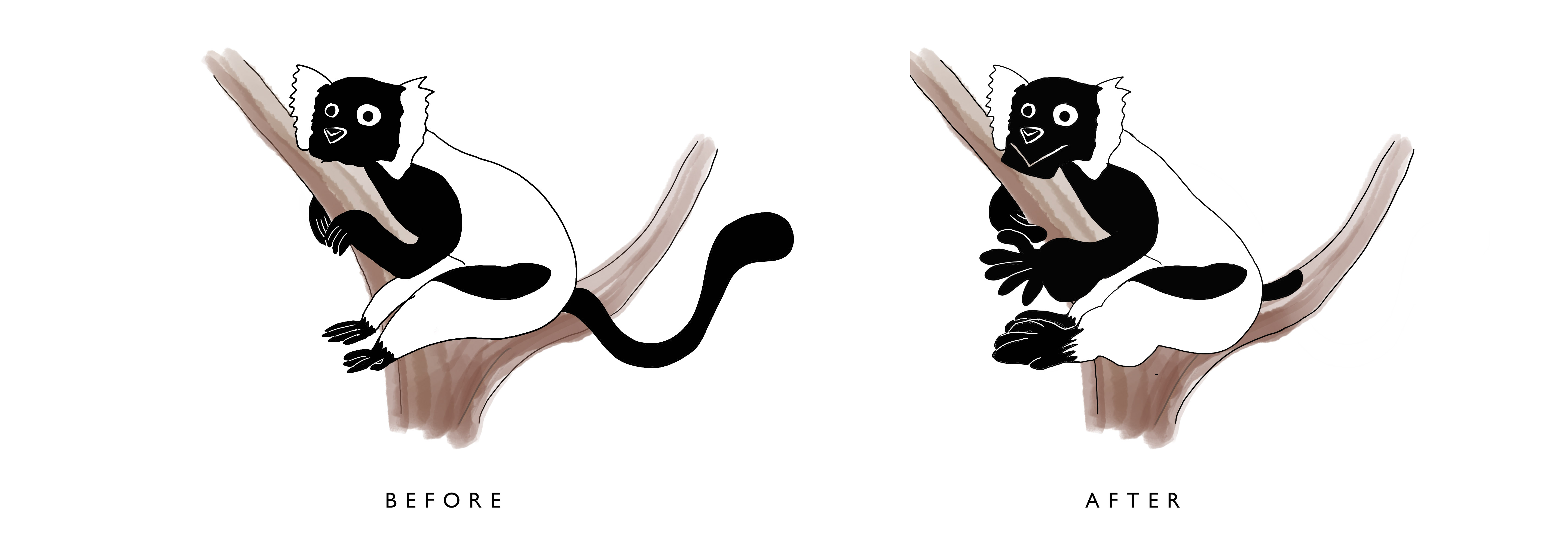Week 6
Zoo Visit
Big Idea: Look for an animal that you already worked for at the
Central Park Zoo in New York City.
Do an ethogram and make a homunculus diagram for that animal.
Animal: Black and White Ruffed Lemur

CP Zoo Ethogram – Black and White Ruffed Lemur

I followed one specific lemur and observed his/her behavior throughout time.Since lemurs move fairly fast and change behaviors quickly, I did my ethogram for 12-14 minutes
| Time Interval | Behavior/Action | Time Interval | Behavior/Action |
|---|---|---|---|
| 1 | staring/holding onto the branch | 7 | lying down/being groomed |
| 2 | climbing/then standing on a rock | 8 | grooming separately but together |
| 3 | climbing up and down the branches | 9 | standing on a branch grooming |
| 4 | standing on a rock/scratching head | 10 | grooming |
| 5 | grooming another lemur | 11 | grooming |
| 6 | grooming another lemur | 12 | grooming |
Environment

Observations for homunculus diagram
Body Parts that are used a lot
* Hands and feet: for holding onto the branches
* Legs: jumping and hoping
* Tail: for balancing
*
male: big wrists for the scent glands
* mouth: grooming (spend
a lot of time on)
Homunculus diagram consideration

* Enlarged mouth for grooming themselves and others
* stronger, thicker, bigger hands/feet/legs
* For male:
enlarged wrists as they use the scent glands for stink fights
* Tail is mainly for balancing. If they spend a great deal of
time standing up, their tails might get smaller. It might also get
smaller with a considerable balancing ability as they also have
bigger grip from hands and feet now
Detailed diagram
